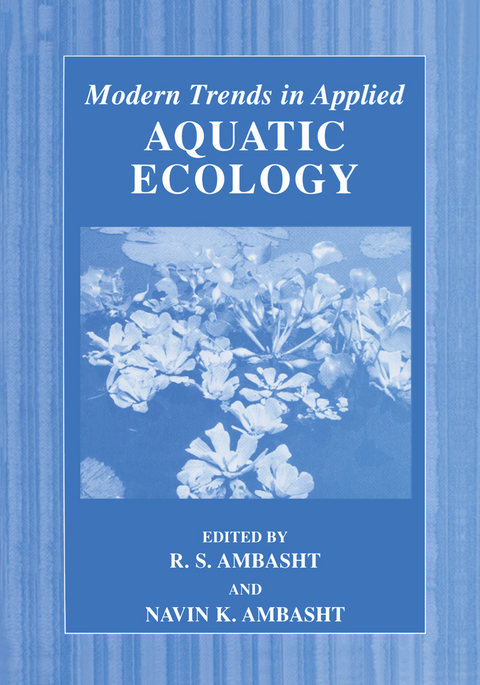
Modern Trends in Applied Aquatic Ecology
Springer-Verlag New York Inc.
978-1-4613-4972-3 (ISBN)
1. Bioassessment of Health of Aquatic Systems by the Use of Diatoms.- 2. The Management of Wetlands for Biological Diversity: Four Principles.- 3. Use of Plants in Monitoring Heavy Metals in Freshwaters.- 4. Hydrochemical Determinism, Ecological Polymorphism, and Indicator Values of Aquatic Bryophytes for Water Quality.- 5. Plant Succession in Littoral Habitats: Observations, Explanations, and Empirical Evidence.- 6. Phycoremediation: Algae as Tools for Remediation of Mine-Void Wetlands.- 7. UV-B Impact on the Life of Aquatic Plants.- 8. The Significance of Ultraviolet Radiation for Aquatic Animals.- 9. Stress Responses in Cyanobacteria.- 10. Biomonitoring and Bioindicators in Aquatic Ecosystems.- 11. The Ecology of Wetlands Created in Mining-Affected Landscapes.- 12. Conservation of Soil and Nutrients through Plant Cover on Wetland Margins.- 13. Identification, Assessment and Mitigation of Environmental Impacts of Dam Projects.
| Zusatzinfo | XV, 379 p. |
|---|---|
| Verlagsort | New York, NY |
| Sprache | englisch |
| Maße | 178 x 254 mm |
| Themenwelt | Naturwissenschaften ► Biologie ► Limnologie / Meeresbiologie |
| Naturwissenschaften ► Biologie ► Ökologie / Naturschutz | |
| ISBN-10 | 1-4613-4972-9 / 1461349729 |
| ISBN-13 | 978-1-4613-4972-3 / 9781461349723 |
| Zustand | Neuware |
| Haben Sie eine Frage zum Produkt? |
aus dem Bereich


